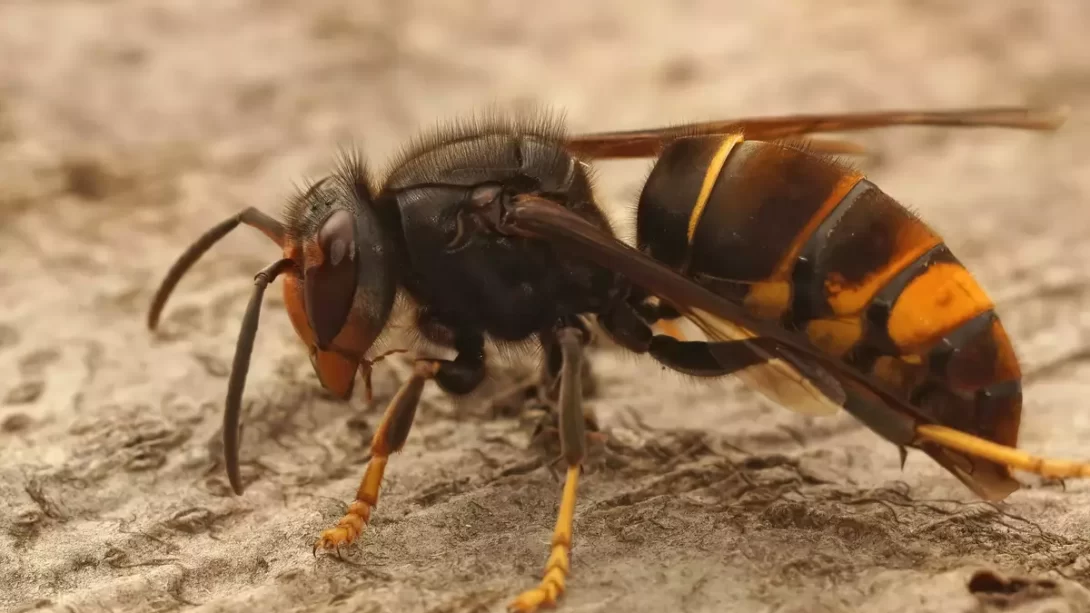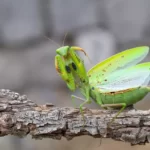Hornets, often feared for their sting, are a fascinating part of our ecosystem. Understanding what attracts these winged insects is crucial, especially for gardeners and homeowners. Hornets, a type of wasp, are generally larger than their counterparts and can be both beneficial and problematic. Knowing what draws them to our homes and gardens can help in managing their presence effectively.
Identifying Hornets and Their Habitats
Common hornet species include the European hornet (Vespa crabro) and the Asian giant hornet (Vespa mandarinia). These insects are known for their large size, with some species reaching over 2 inches in length. Hornets are typically drawn to areas that offer abundant food sources and suitable locations for building their large, paper-like nests. These nests are often found in sheltered places like hollow trees, wall cavities, or under eaves.
Key Attractants for Hornets
One of the primary reasons hornets are attracted to human-inhabited areas is the search for food. They are particularly drawn to sweet substances like ripe fruits, sugary drinks, and nectar from flowers. Protein sources, such as other insects and human food scraps, also attract hornets. Their foraging behavior intensifies in late summer and early fall when they prepare for the colder months. Water sources, including birdbaths, ponds, and even pet water bowls, can also attract these insects, as they require water for survival.
Human Activities That Attract Hornets
Various human activities inadvertently attract hornets, making our homes and gardens inviting to them. Improperly managed garbage and compost bins are significant attractants. Hornets are drawn to the scent of decomposing organic matter and leftover food, particularly sweet or protein-rich items. Outdoor eating areas often attract hornets due to food residues and sugary drink spills. Even certain types of outdoor lighting can attract these insects during the night.
Preventing and Managing Hornet Attraction
To minimize the attraction to hornets, it’s essential to adopt certain preventive measures. Regularly cleaning and securely covering trash cans and compost bins can significantly reduce their appeal. Be vigilant about cleaning up food residues and spills, especially during outdoor activities like barbecues or picnics. Choosing and maintaining garden plants carefully can also play a role. While some flowers and plants may attract hornets due to their nectar or colors, others can help deter them.
Landscaping to Discourage Hornets
In terms of landscaping, understanding which plants attract or repel hornets can be beneficial. For instance, plants like citronella, eucalyptus, and mint have scents that are generally unappealing to hornets. On the other hand, overly fragrant flowers and certain fruit trees might draw them in. Additionally, reducing standing water sources in your garden, such as in birdbaths or clogged gutters, can decrease hornet presence, as they often seek out water for hydration and nest-building.
Dealing with Hornet Nests
Discovering a hornet nest near your home can be alarming. It’s important to identify these nests early. They are typically large, grey, and made of a papery substance. Hornets can be aggressive when their nest is disturbed, so it’s crucial to approach this situation with caution. If the nest is small and in an unobtrusive area, it may be best to leave it alone, especially since hornets can help control other pests. However, for larger nests or those in high-traffic areas, it’s safer to contact pest control professionals for removal.
Safety Precautions and Professional Help
If you must be near a hornet nest, wearing protective clothing and ensuring that your body is fully covered can provide some safety. However, attempting to remove a nest on your own is not recommended due to the risk of stings and potential allergic reactions. Pest control experts can safely and effectively remove hornet nests, often using methods that minimize harm to the hornets and the environment.
Conclusion
Hornets are attracted to our living spaces primarily due to food sources, water, and suitable nesting sites. By managing waste effectively, being cautious with outdoor eating, and making thoughtful landscaping choices, we can reduce the likelihood of attracting these insects. While hornets play a role in our ecosystem, it’s important to balance this with safety, especially when dealing with their nests. Understanding what draws hornets to our spaces and how to coexist with them safely can help us maintain a harmonious relationship with these often misunderstood creatures.



